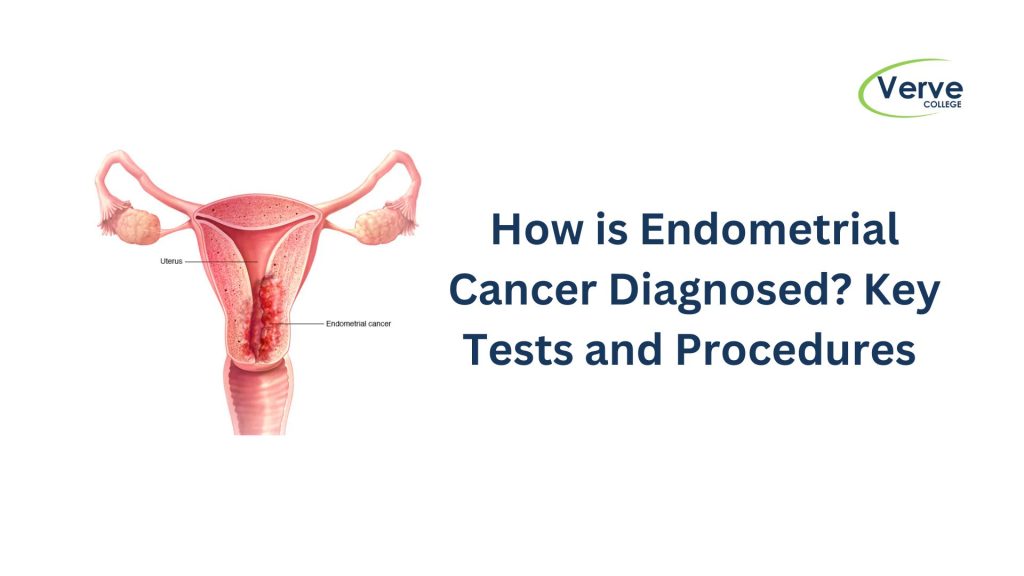- Oak Brook:(630) 705-9999
- Chicago:(312) 920-8822
- Email:inquiry@vervecollege.edu
- Make a Payment
- Home
- Programs
- Admission
- Resources
- ATI Entrance Exam Resources
- New E-Digital Library
- Refer a Friend
- School Newsletter
- Events
- Employers
- Job-Network
- Alpha Beta Kappa Candidates
- Verve College Library
- Graduation and Pinning Ceremony Photo Galleries
- Textbook Information
- Career Services
- Tutoring
- School Catalog
- FAQ
- Constitution Day Program
- Alumni
- Verve College Plans
- Financial Aid
- HEERF Reporting
- Satisfactory Academic Progress
- Apply For Financial Aid
- Net Price Calculator
- Return of Title IV Funds (R2T4)
- Financial Aid Office Code of Conduct
- Contact
- FAQs
- Verification Policy
- Vaccination Policy
- Student Right-to-Know Act
- Misrepresentation
- Information Security Program
- Academic Award Year
- Availability of Employee
- Cost of Attendance
- Health & Safety Exemption Requirement
- Students Rights and Responsibilities
- Leave of Absence
- Pell Formula
- Military Students
- Grants/ Scholarship Policy
- Contact Us
- Testimonials
- Blog
Is a Nursing Career Right For You?
Take The Free Quiz
How is Endometrial Cancer Diagnosed? Key Tests and Procedures
How is Endometrial Cancer Diagnosed? Key Tests and Procedures
Endometrial cancer is one type of cancer that develops within the uterus’s lining typically affecting women who are postmenopausal. The early diagnosis is essential to provide effective treatment. knowing the process of diagnosis can help patients as well as healthcare professionals. For professionals and nursing students including those taking part in the programs of a licensed practical nurse program or taking the anatomy or physiology courses, having a thorough knowledge of the procedures used to diagnose is vital. This article will provide an overview of the principal tests and procedures that are used to detect endometrial cancer.
Important Tests and Procedures
1. Physical and Medical Examinations, as well as a medical history
The process of diagnosis starts by taking a detailed medical history and physical exam. Doctors will ask about any symptoms like vaginal bleeding that is abnormal or pelvic pain. changes in menstrual flow, since these are typical indicators for endometrial cancer. Family history, medical history of cancer, as well as the use of hormone therapy are scrutinized to find possible risk factors. Physical examination, which includes pelvic examination, allows healthcare professionals to look for any abnormalities in the uterus and adjacent regions.
2. Transvaginal Ultrasound (TVUS)
A transvaginal ultrasound is usually one of the first tests to be performed in the event of suspicion of endometrial cancer. It involves inserting an ultrasound probe inside the vagina in order to record high-quality pictures of the uterus. This non-invasive test can help determine the extent of the endometrium (uterine lining) in the sense that a thicker than normal endometrium may be an indication of cancer as well as other issues. For those who have completed the an anatomy or physiology classes close to my home it is a fantastic chance to learn how theories are applied to real-world diagnosis.
3. Endometrial Biopsy
The endometrial biopsy a typical procedure that confirms the diagnosis of cancer in the endometrium. The procedure involves removing the tissue is taken from the lining of the endometrial tube and studied under microscope. The biopsy procedure is typically carried out in a doctor’s clinic and causes minimal discomfort. If cancerous or abnormally formed growths are discovered and further tests are requested to evaluate the tumor’s growth and the severity. Biopsies can provide precise information on the cellular structure, which makes this one of the best and reliable tests for diagnosing cancer.
4. Hysteroscopy
In the event that an endometrial test yields inconsistent findings, an hysteroscopy can be conducted. The procedure involves inserting the thin tube that is lighted (hysteroscope) through the uterus via the vagina. This allows doctors to see the lining of the uterus directly. Hysteroscopy permits healthcare providers to detect abnormal growths or tissues and to take a targeted biopsy when needed. This procedure provides a clearer image and is particularly useful when diagnosing complicated cases.
5. dilation and Curettage (D&C)
The procedure of dilation and Curettage (D&C) may be recommended in cases where other tests fail to provide conclusive results. The cervix gets dilated as well as the uterine wall removed to collect larger tissues samples. The samples are then examined to determine if cancerous cells are present. D&C is usually performed in conjunction with hysteroscopy providing doctors with a complete image and plenty of tissue to examine. It is generally done under anesthesia or sedation to ensure comfort for patients.
6. Testing for Imaging: CT, MRI, and PET Scans
If the diagnosis of endometrial cancer is confirmed Imaging tests such as CT (computed tomography), MRI (magnetic resonance imaging) and PET (positron emission tomography) scans can be utilized to evaluate the spread of cancer. These tests aid doctors to understand the extent of the cancer which is crucial to plan treatment and staging. For nurses who are in the programs of licensed practical nurses learning the way these techniques are used can help them aid patients through the treatment process.
7. Blood Tests
The tests for blood, which include the total blood count (CBC) and tumor marker tests, can be utilized to collect additional data. Although they are not specifically related to cancer of the uterus, blood tests can provide a general picture of health and indicate any abnormalities that could suggest the spread of cancer. They also serve as a baseline for assessing how the body reacts to treatment later on.
Final Thoughts
The path to getting an Endometrial Cancer diagnosis is a series of steps, ranging from the initial screening through targeted tests for diagnosis. Every test is crucial for confirming the diagnosis. assess the extent of the cancer and create a successful treatment strategy. For healthcare professionals as well as students, such as students enrolled in the anatomy and physiology course near me knowing these diagnostic techniques highlights the importance of timely and precise testing to improve the patient’s outcomes. Through understanding and empathy nurses can assist patients through this process, and in guiding them to the best treatment choices.
 Sign up
Sign up Login
Login




